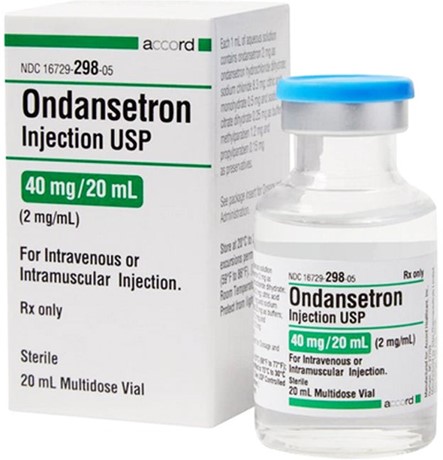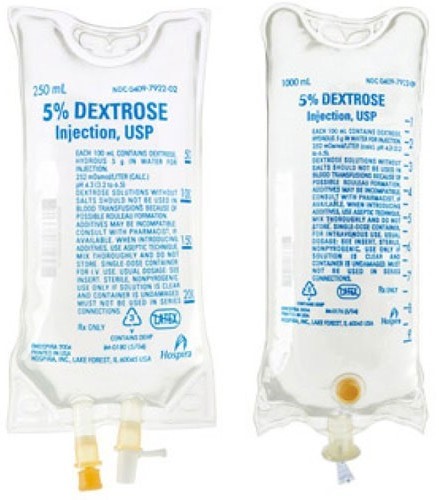A nurse, via an infusion pump, sets up an infusion rate ratio of 2.75 mL/min for a continuous intravenous (IV) fluid for 7 hours.
What is the total volume of IV fluid being infused, in liters?
1.55 L
1.15 L
1.25 L
1.16 L
The Correct Answer is D
To answer this question, we need to calculate the infusion rate in mL per hour, then multiply it by the total time in hours, and finally divide it by 1000 to get the volume in litres.
The infusion rate in mL per hour is the amount of fluid that is given to a patient over a period of time. It can be calculated by dividing the total volume of fluid in mL by the total time in hours². In this case, the infusion rate is:
2.75 mL/min × 60 min/h = 165 mL/h
The total volume of fluid in mL is the infusion rate multiplied by the total time in hours. In this case, the total volume is:
165 mL/h × 7 h = 1155 mL
The volume in litres is the volume in mL divided by 1000. In this case, the volume in litres is:
1155 mL / 1000 = 1.16 L
Therefore, the correct answer is d. 1.16 L.
Nursing Test Bank
Naxlex Comprehensive Predictor Exams
Related Questions
Correct Answer is B
Explanation
To find the dose of ondansetron, you need to use the formula for weight-based dosage calculation:
Dose (mg) = Weight (kg) x Prescribed dose (mg/kg)
Since the client's weight is 70 kg and the prescribed dose is 0.34 mg/kg, plug in these values into the formula:
Dose (mg) = 70 kg x 0.34 mg/kg
Simplify and solve for the dose:
Dose (mg) = 23.8 mg
Therefore, the client should receive **23.8 mg** of ondansetron prior to chemotherapy.

Correct Answer is B
Explanation
Dextrose 5% in water (D5W) is an IV fluid that contains **5 grams of dextrose** per 100 mL of water². To calculate how many grams of dextrose are in 500 mL of D5W, you can use a simple proportion:
5 g / 100 mL = x g / 500 mL
Cross-multiply and solve for x:
x = (5 g * 500 mL) / 100 mL
x = 25 g
Therefore, there are **25 grams of dextrose** in 500 mL of D5W.

Whether you are a student looking to ace your exams or a practicing nurse seeking to enhance your expertise , our nursing education contents will empower you with the confidence and competence to make a difference in the lives of patients and become a respected leader in the healthcare field.
Visit Naxlex, invest in your future and unlock endless possibilities with our unparalleled nursing education contents today
Report Wrong Answer on the Current Question
Do you disagree with the answer? If yes, what is your expected answer? Explain.
Kindly be descriptive with the issue you are facing.
